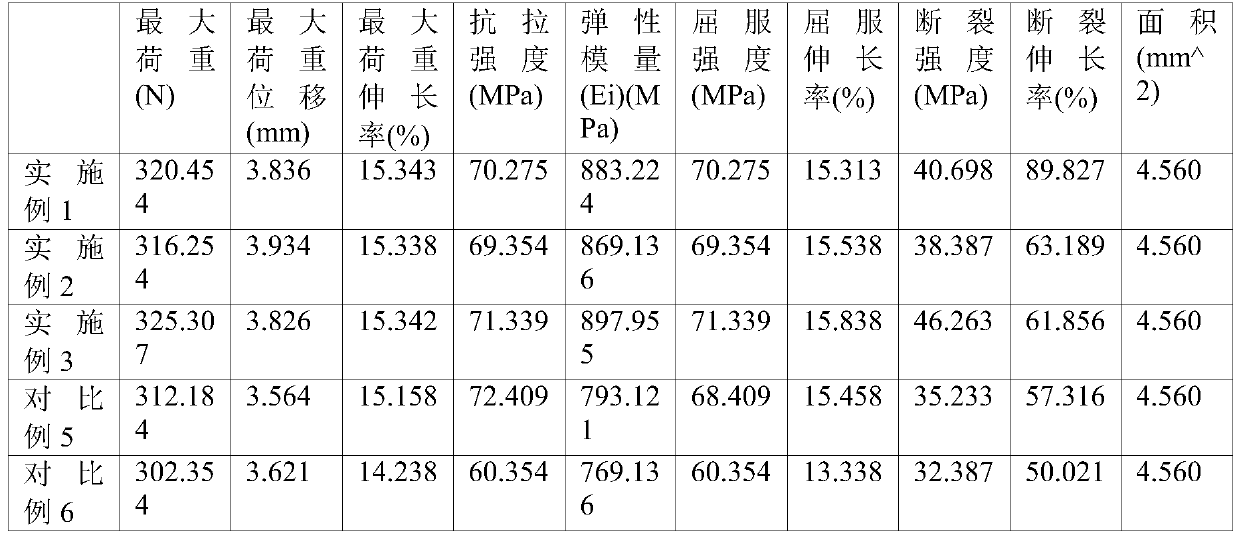Novel orthodontics correction method
A new type of invisible orthodontic technology, applied in orthodontics, medical science, dentistry, etc., can solve problems such as poor treatment effect, improve efficiency, ensure stability and accuracy, and accurately customize products.
- Summary
- Abstract
- Description
- Claims
- Application Information
AI Technical Summary
Problems solved by technology
Method used
Image
Examples
Embodiment 1
[0030] The invention discloses a novel orthodontic correction method, which includes:
[0031] 1) Acquisition of oral data of the patient: scan directly with a scanning tool; or perfuse a plaster model after an oral impression, and then scan the plaster model with a laser scanner to obtain;
[0032] 2) Determine the parameters of the three-dimensional model of the oral cavity: the patient's oral data obtained in step 1) is processed through a certain method, and the material required for each invisible aligner and the restoring force provided are determined according to the thermodynamic model of the material, and the tooth movement The amount and the restoring force provided by each invisible aligner determine the treatment cycle of each invisible aligner, so as to obtain the dentition model of the stage of orthodontic treatment; wherein, the parameters of the three-dimensional oral model include whether to expand the arch, whether to move, whether to release anterior crossbi...
Embodiment 2
[0054] The first membrane material comprises the following components by weight:
[0055] 12 parts of Zr, 2 parts of Nb, 0.8 parts of Ta, 0.10 parts of Pd, 9 parts of Cu, 1.7 parts of V, 1 part of Ni, 6 parts of Al, 0.7 parts of Mn, and 75 parts of Ti.
[0056] The second diaphragm material comprises the following components by weight:
[0057] 30 parts of shape memory polyurethane, 12 parts of poly-1,4-cyclohexanedimethylester, 4 parts of epichlorohydrin rubber, 4 parts of ethylene-butylene-propylene copolymer, 3 parts of aminopyridine, diethylene 2 parts of triamine, 0.7 part of diglycidyl ether butane.
[0058] The third membrane material comprises the following components by weight:
[0059] 30 parts of epoxy resin, 12 parts of ethylene-vinyl acetate copolymer, 4 parts of polylactic acid-glycolic acid copolymer, 10 parts of diethylenetriamine, 20 parts of methyl isobutyl ketone, sodium dodecylbenzenesulfonate 3 parts, 1 part of ethylene glycol dimethacrylate, 0.6 parts ...
Embodiment 3
[0061] The first membrane material comprises the following components by weight:
[0062] 3 parts of Zr, 3 parts of Nb, 1 part of Ta, 0.15 parts of Pd, 10 parts of Cu, 2 parts of V, 2 parts of Ni, 7 parts of Al, 1 part of Mn, and 80 parts of Ti.
[0063] The second diaphragm material comprises the following components by weight:
[0064] 40 parts of shape memory polyurethane, 20 parts of poly-1,4-cyclohexanedimethylester, 5 parts of epichlorohydrin rubber, 5 parts of ethylene-butylene-propylene copolymer, 4 parts of aminopyridine, 3 parts of bismuth Ethylenetriamine, 1 part diglycidyl ether butane.
[0065] The third membrane material comprises the following components by weight:
[0066] 40 parts of epoxy resin, 20 parts of ethylene-vinyl acetate copolymer, 5 parts of polylactic acid-glycolic acid copolymer, 11 parts of diethylenetriamine, 25 parts of methyl isobutyl ketone, sodium dodecylbenzenesulfonate 4 parts, 2 parts of ethylene glycol dimethacrylate, 1 part of 4-phen...
PUM
| Property | Measurement | Unit |
|---|---|---|
| Thickness | aaaaa | aaaaa |
Abstract
Description
Claims
Application Information
 Login to View More
Login to View More - R&D Engineer
- R&D Manager
- IP Professional
- Industry Leading Data Capabilities
- Powerful AI technology
- Patent DNA Extraction
Browse by: Latest US Patents, China's latest patents, Technical Efficacy Thesaurus, Application Domain, Technology Topic, Popular Technical Reports.
© 2024 PatSnap. All rights reserved.Legal|Privacy policy|Modern Slavery Act Transparency Statement|Sitemap|About US| Contact US: help@patsnap.com










